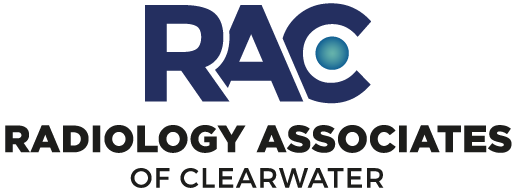Arthrography
Arthrography is a diagnostic study of the joint structures within the body by injection of x-ray contrast (dye). As the dye disperses, the radiologist documents whether the dye is contained or is leaking, which indicates the stability and integrity of the joint and reveals cartilage tears and other injuries. An arthrogram is sometimes performed as a sole diagnostic test. If the site and nature of the injury are clearly apparent, the diagnostic process may stop here. In other cases, arthrography can be the first phase of a diagnostic process that also includes CT or MRI scans.
Procedure preparation
A technologist or nurse will contact you 24-48 hours prior to your appointment to review medications you are currently taking, especially pain medications and blood thinners, discuss known allergies and your medical history, as well as answer your questions.
Contact your doctor before you stop taking any medication.
Please bring previous imaging study results (MRI, CT, x-rays) such as films, reports, or CD-ROMs, if available.
If the arthrogram is performed on either ankle, you will need to arrange for someone to drive you home. For all other arthrograms, no driver is required.
Please notify a member of our staff if you are nursing or if there is a chance you may be pregnant.
What to expect during the procedure
A thin needle is used to inject x-ray contrast solution into the joint. There may be some discomfort from the needle but, for most people, this is minor.
The radiologist will check the needle position using x-ray-guidance (fluoroscopy).
After the radiologist injects contrast solution into the joint, x-rays will be taken.
An anesthetic (numbing medicine) and/or steroid may be injected into the joint depending on the test ordered by your doctor.
This procedure takes approximately 20 minutes.
What to expect after the procedure
You may experience some soreness at the injection site for up to 24 hours after your procedure. Your joint area may become more painful than usual beginning 4-6 hours after the arthrogram, but the pain will gradually subside over the next day or two.
You can treat it with over-the-counter pain medicines (analgesics), such as acetaminophen, ibuprofen, or aspirin.
Your joint should return to its usual mobility and level of pain by the second or third day.
You can perform light activities the day of the procedure and return to normal the next day.
Potential side effects
Steroid medications may cause facial flushing, occasional low-grade fevers, hiccups, insomnia, headaches, water retention, increased appetite, increased heart rate, and abdominal cramping or bloating.
These side effects are bothersome in only about 5% of patients and commonly disappear within 1-3 days after the injection.
- Home
- About Us
- Physicians
- Technology
-
Services
- General Radiology
-
Interventional Radiology
- Angiography
- Chemoembolization
- Radiofrequency Ablation
- Uterine Artery Embolization
- Vericose Vein Treatment
- Arthrography
- Discography
- Epidural Steroid Injections
- Epidurography
- Facet Joint Injections
- Kyphoplasty
- MRI Arthrography
- Nerve Root Blocks
- Radiofrequency Rhizotomy
- Sacroiliac Joint Injection
- Trigger Point Injections
- Stellate Ganglion Block
- Vertebroplasty
- Facet Nerve Injection
- Myelogram
- Neuroradiology
- Women's Imaging and Interventions
- Orthopedic and Sports Imaging
- Oncological Diagnostics and Interventions
- Cardiovascular Radiology
- Locations
- Contact









